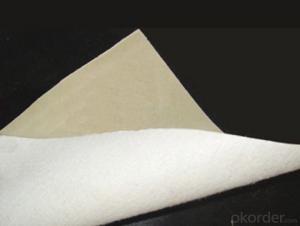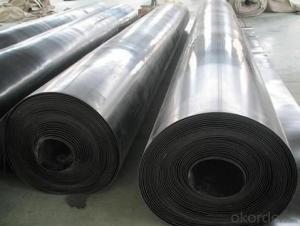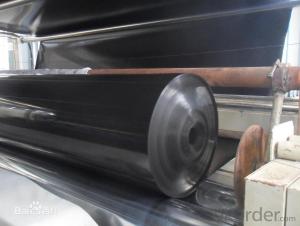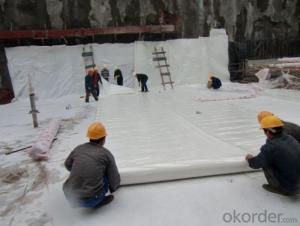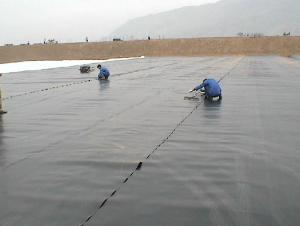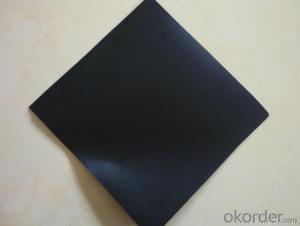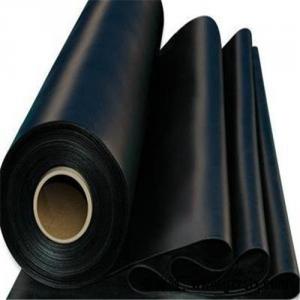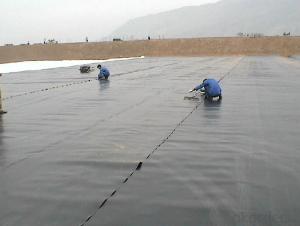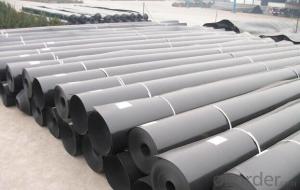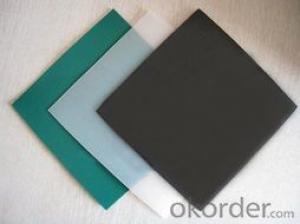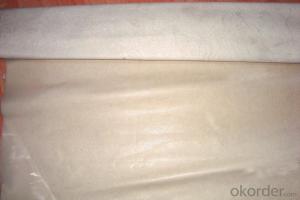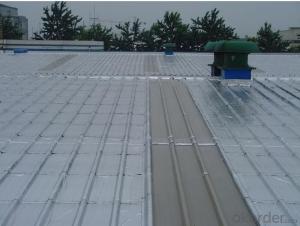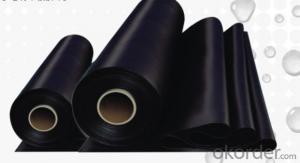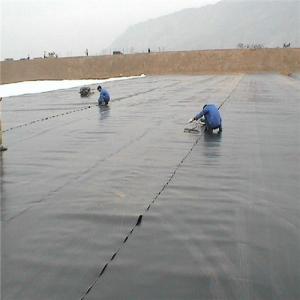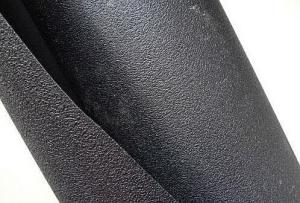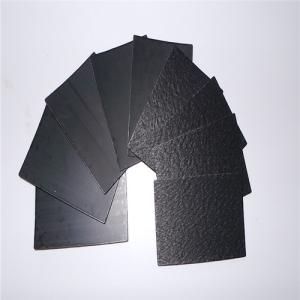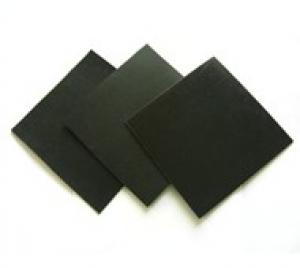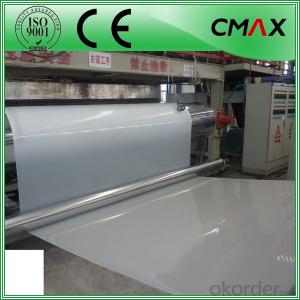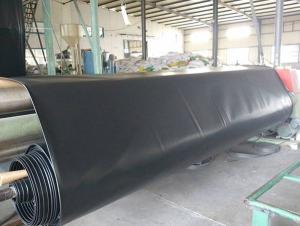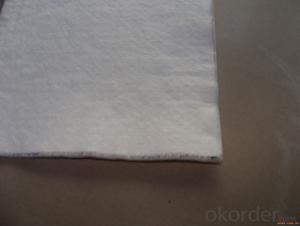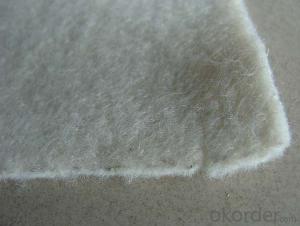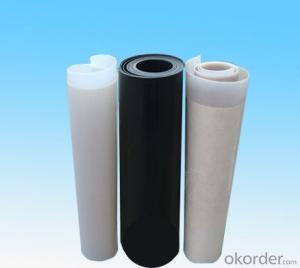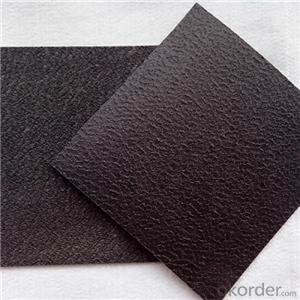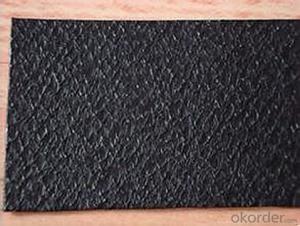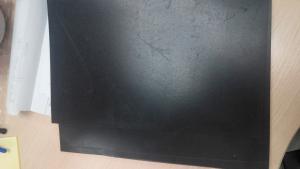Hdpe Geomembrane Self Adhesive
Hdpe Geomembrane Self Adhesive Related Searches
Geomembrane Self Adhesive Geomembrane Hdpe Gse Hdpe Geomembrane Geomembrane In Hdpe Hdpe Geomembrana Geomembrana Hdpe Hdpe Geomembrane Machine Hdpe Smooth Geomembrane Wholesale Geomembrane Hdpe Wholesale Hdpe Geomembrane Hdpe Geomembrane Installation Geomembran Hdpe Jual Geomembrane Hdpe Hdpe Textured Geomembrane Hdpe Geomembrane Welding Reinforced Hdpe Geomembrane Hdpe Geomembrane Sheet Hdpe Geomembrane Specifications Hdpe Membrane Hdpe Geomembrane China Geomembrana De Hdpe Pegamento Para Geomembrana Hdpe Wholesale Hdpe Geomembrana Hdpe Geomembrane Price Geomembrana In Hdpe Hdpe Applicazioni Geomembrane Hdpe Geomembrane Manufacturers Solmax Geomembrane Hdpe Solmax Hdpe Geomembrane Hdpe Geomembrane CostHdpe Geomembrane Self Adhesive Supplier & Manufacturer from China
HDPE geomembrane self-adhesive is a type of high-density polyethylene membrane that features a self-adhesive layer, allowing for easy installation and bonding to various surfaces. This product is specifically designed for waterproofing and sealing applications, offering excellent resistance to chemicals, UV radiation, and abrasion. Its versatility makes it suitable for a wide range of industries, including construction, environmental protection, and agriculture.The HDPE geomembrane self-adhesive is widely used in various scenarios, such as landfill liners, pond liners, canal linings, and reservoirs. It is also commonly employed in the containment of hazardous waste, providing a reliable barrier against leakage and contamination. Additionally, it finds application in the protection of slopes and embankments, as well as in the construction of tunnels and underground structures. The self-adhesive feature simplifies the installation process, reducing labor costs and time while ensuring a secure and long-lasting seal.
Okorder.com is a leading wholesale supplier of HDPE geomembrane self-adhesive, boasting a substantial inventory to cater to the diverse needs of clients across different sectors. With a commitment to quality and customer satisfaction, Okorder.com ensures that the HDPE geomembrane self-adhesive products are of the highest standard, meeting international specifications and requirements. By partnering with Okorder.com, customers can benefit from competitive prices, prompt delivery, and reliable after-sales support, making it the preferred choice for HDPE geomembrane self-adhesive solutions.
Hot Products



